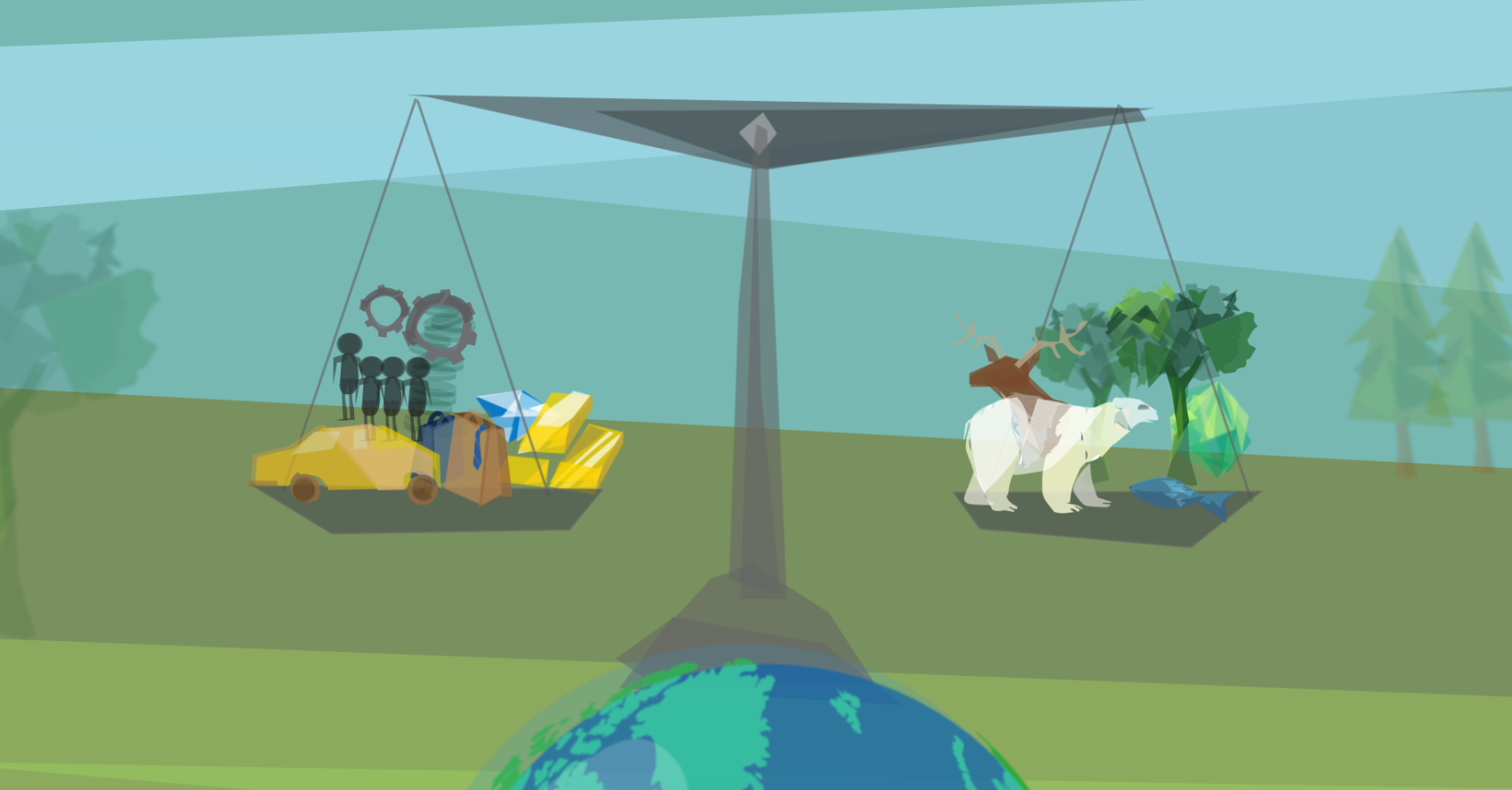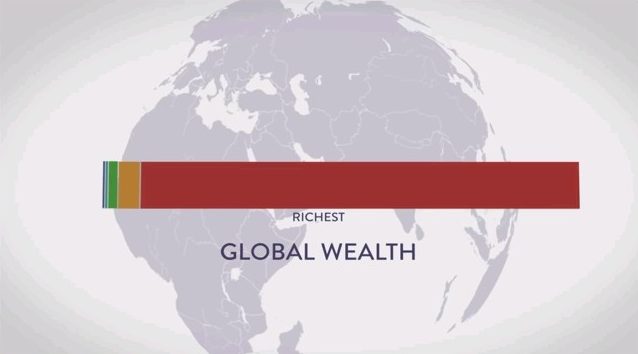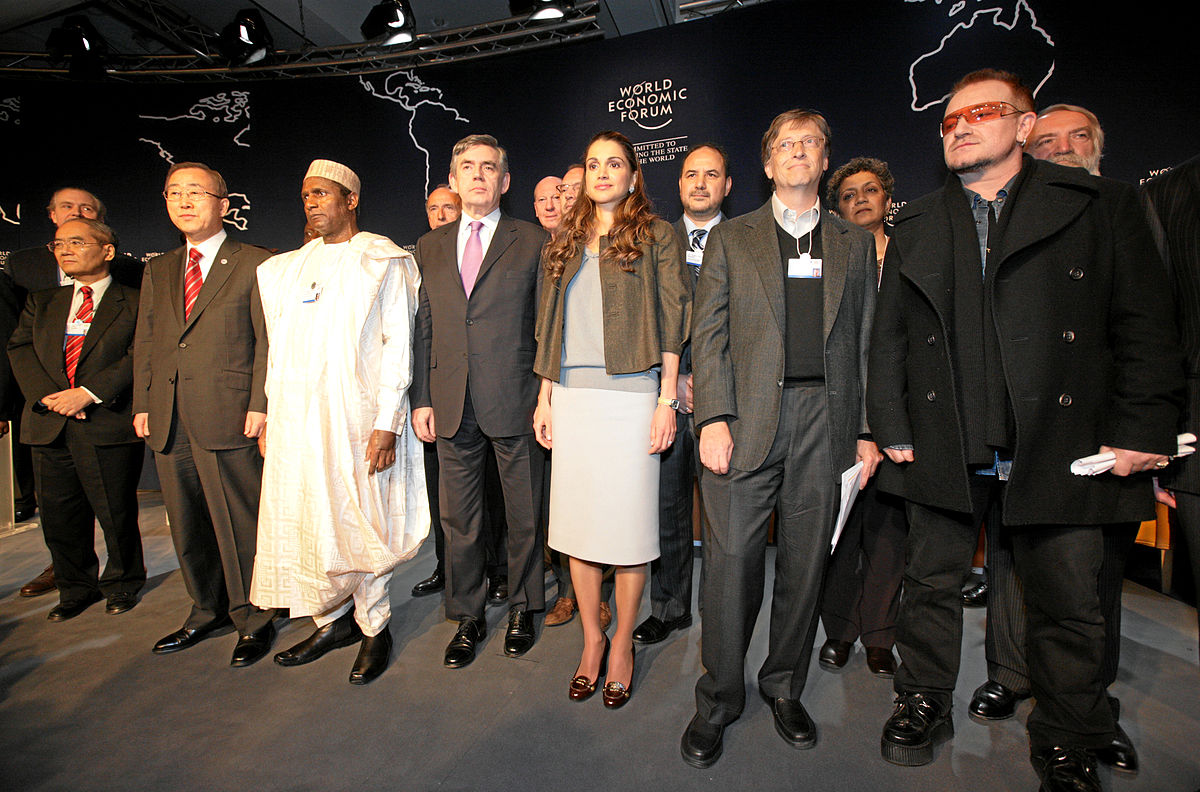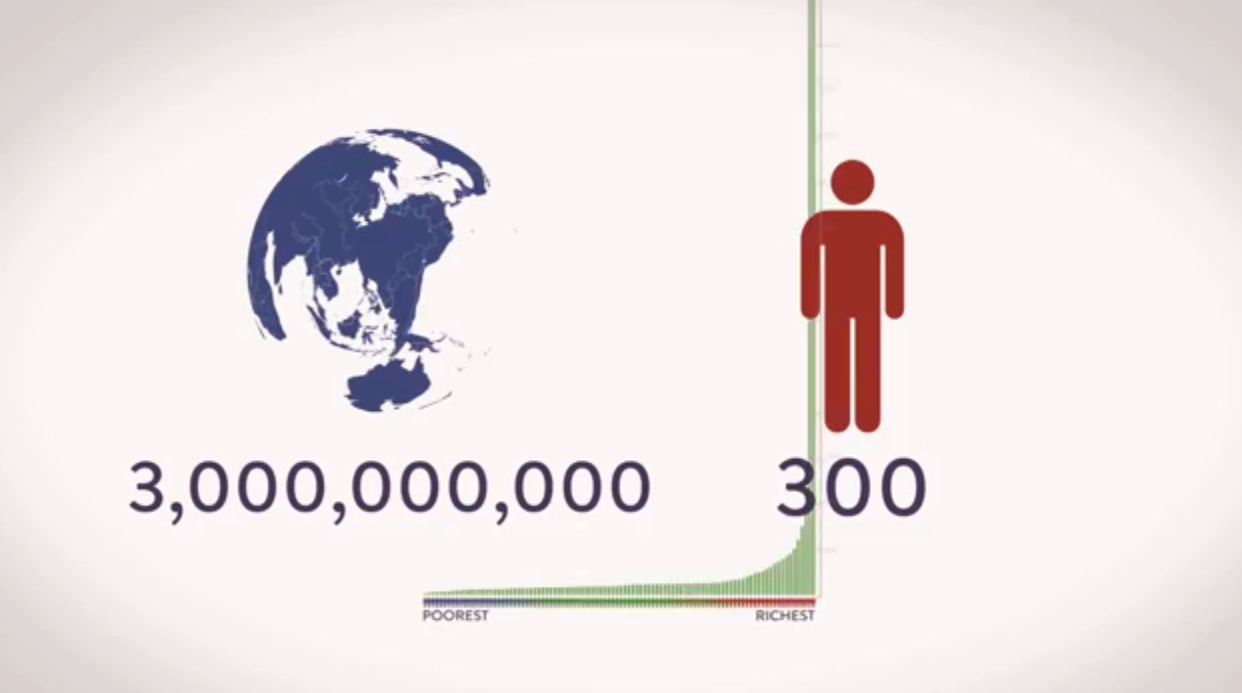
“If I had an hour to solve a problem and my life depended on the solution, I would spend the first 55 minutes determining the proper question to ask.” – Albert Einstein
How is poverty created?
Why is growth the only answer?
Who’s developing who?
Many of us would agree with the logic that to solve a problem it’s important to understand what caused it. Many of us would also agree that global poverty is one of the biggest problems we face as humans today. So if we can agree on these, do we also agree that the world is heading in the right direction to solve it?
If we agree, we are more likely to stay silent, thinking that things are getting better and there’s nothing for us to do. If we don’t, we are more likely to demand change, right up to calling for the transformation of our global systems.
Later this month, the United Nations (UN) will launch its Sustainable Development Goals (SDGs). Heads of State from all over the world will arrive in New York to formally sign them, to a lot of fanfare, celebrity endorsements, photo ops and a general air of celebration.
They will all be talking about two big ideas: Number 1: that poverty has been halved since 1990, and Number 2: that because of this progress, poverty can be eradicated “in all its forms, everywhere” by 2030. In other words, everything’s basically headed in the right direction and we just need to do more of the same to finish the job.
It’s a wonderful story, but it’s not true. The reality is that, between 1990 and 2010 global GDP increased by 217%, but the number of people living in hunger and poverty increased too. In other words, the world is getting richer, but that wealth is being kept from those who need it most, and who often work hardest just to survive.
The UN has lots of answers, but it’s not asking the right questions. We need to start asking the BIG QUESTIONS about poverty, because if we can expose its root causes we can get real answers about how to stop creating it, and change the rules for a world that works for all.
Here’s how you can help:
Watch and share our short video to find out the big questions we need answers on, and soon.
Ask these questions yourself, spread the videos and infographics, and encourage other people to do the same:
- How is poverty created? #PovertyIsCreated
- Why is growth the only answer? #WhyGrowth
- Who’s developing who? #WhosDevelopingWho
We want these questions to be asked across the globe and to see that happen we need to follow the spread of the conversations online, so to help us out please use the hashtags #PovertyIsCreated, #WhyGrowth, #WhosDevelopingWho or #WhatTheyDontSayAboutPoverty on Facebook, Twitter and Instagram.
You can also let the UN know that we want answers by signing our open letter to the global decision makers meeting later this month to discuss the next 15 years of global development.
Here are a few thoughts, facts and figures that might help.
How is poverty created?
The basic assumption of the SDGs is that mass poverty is essentially a natural condition that exists only when we’re not trying to get rid of it, (you can check out our assessment of this in our linguistic analysis), but this isn’t accurate at all. It simply takes what feels like common sense about poverty at the individual level – i.e. that we all start out the same at birth, are treated equally through life, and so how well we do is all down to our individual skill and effort – and presumes it works for countries and, indeed, the whole world, over time. But is that right? Is it true that everyone is born with equal access to the means of ensuring they never live in poverty? Do power dynamics between countries have any part to play in who is impoverished and who is enriched?
Consider this: there has been a globalised economy for at least 400 years (depending on how you define it, by some measures it would be considerably longer). In that time, some parts of the world have increased their wealth incredibly, and in particular those who have created and run systems of control and domination stretching around the world in the form of empires, slavery, and colonialism and, in more recent years, trade deals and structural adjustment programs.
It’s hardly a strange idea that those with the money make the rules, and this is a truth that is so obvious in the global economy today, and has been for practically all of the last 400 years.
In light of this reality, if it seems to you that there is a lot more to mass poverty than what we as individuals have control over, then you might want to question why the SDG framework denies this. And what this denial says about their promise to end poverty by 2030?
Why is growth the only answer?
Right now, economic growth sits at the heart of the SDG plan to tackle poverty. The goals are aiming for at least 7% increase in gross domestic product (GDP) per annum in least developed countries, and higher levels of economic productivity across the board. Goal 8 is entirely dedicated to this objective.
When you think about it, this feels logical: If economic growth equals more money, and poverty equals a lack of money, then economic growth equals less poverty. It stands to reason.
But consider this: since 1990, global GDP has increased 271%, and yet both the number of people living on less than $5 a day, and the number of people going hungry has also increased, by 10% and 9 % respectively. Add to that the wage stagnation across the developed world, and increasing inequality both within and between countries pretty much everywhere, and the shakiness of this basic logic becomes clear. Collective economic growth does not translate into less poverty.
Maybe this would only be problematic, something that could be fixed by tweaking the growth model while keeping the basic idea in place, were it not for the second part of the problem. The demand for every country, every company, and every individual to grow their material wealth, all the time is destroying us, in the most real and painful way. The mass consumption we’re all encouraged to pursue means that we are ruining the planet at such a rate that – sooner than most people can imagine – large parts of it will become uninhabitable. We’re treating finite natural resources as if they were infinite, and prioritising the growth of the money supply over everything else.
So why is endless growth, everywhere, so attractive to the designers of the SDGs? Could it be anything to do with the fact that, in recent years, 95% of all income from growth has gone to the richest 40%?
Who’s developing who?
The big story we’re told about poverty is that rich countries of the global north, through foreign aid programs and by participating in projects like the SDGs, are helping the less wealthy countries of the global south develop. But how true is this?
Consider this: Right now, for every $1 that is given in foreign aid to the global south, around $18 is taken out by other means. Money leaves the poorest countries through things like rigged trade deals that benefit the most powerful countries and corporations, debt repayment on debts already paid off many times over, and massive tax evasion and other forms of corruption committed by political and business elites north and south, and helped along by the large and growing web of tax havens. So who’s actually developing who?
The SDGs don’t really have a lot to say about this dynamic, and in fact play a lot on the basic idea that it’s rich countries that are the generous ones. They do acknowledge problems with illicit finance in the global system but they talk about it vaguely, stating the need to “enhance global macroeconomic stability” through “policy coordination”. There are no specific responsibilities for anyone, or any actual targets.














Leave a Comment